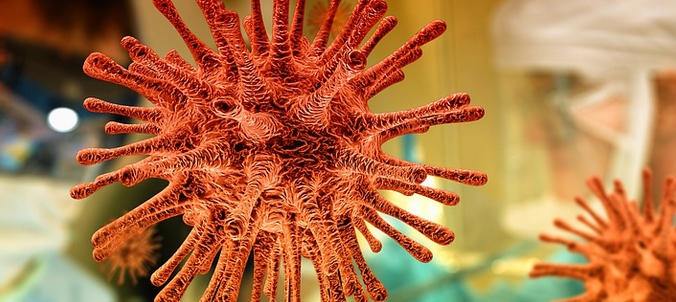Introduction
Carbon monoxide (CO) is a colorless, odorless, and tasteless gas that can be deadly if inhaled. It is produced by the incomplete combustion of fossil fuels, including natural gas, propane, and oil. Because water heaters use these fuels to heat water, they have the potential to produce carbon monoxide. In this article, we will discuss how to check your water heater for carbon monoxide to ensure the safety of you and your family.
What is Carbon Monoxide?
Carbon monoxide is a poisonous gas that can be produced by the incomplete combustion of fossil fuels. It is often called the “silent killer” because it is odorless and colorless, making it difficult to detect without proper equipment. When inhaled, carbon monoxide binds to the hemoglobin in your blood, preventing it from carrying oxygen to your body’s tissues. This can lead to serious health problems or even death.
Why is Carbon Monoxide Dangerous?
Carbon monoxide is dangerous because it can be deadly in high concentrations. In low concentrations, it can cause headaches, dizziness, nausea, and fatigue. These symptoms can be mistaken for the flu, which is why carbon monoxide poisoning is often called the “silent killer.” If you suspect that you or someone else may be experiencing carbon monoxide poisoning, it is important to seek medical attention immediately.
How to Check Your Water Heater for Carbon Monoxide
To check your water heater for carbon monoxide, you will need a carbon monoxide detector. These are available at most hardware and home improvement stores. Follow these steps to check your water heater for carbon monoxide:
Step 1: Locate Your Water Heater
Your water heater is typically located in your basement, garage, or utility closet. Once you have located it, turn off the power supply to the water heater.
Step 2: Install the Carbon Monoxide Detector
Install the carbon monoxide detector near the water heater. Follow the manufacturer’s instructions for installation.
Step 3: Turn on the Water Heater
Turn on the water heater and let it run for at least 15 minutes. During this time, monitor the carbon monoxide detector for any readings.
Step 4: Check the Carbon Monoxide Detector
Check the carbon monoxide detector for any readings. If the detector reads above 9 parts per million (ppm), turn off the water heater and contact a professional to inspect it.
Conclusion
Checking your water heater for carbon monoxide is an important step in ensuring the safety of you and your family. By following the steps outlined in this article, you can detect any potential carbon monoxide leaks and take action to prevent them. Remember, if you suspect that you or someone else may be experiencing carbon monoxide poisoning, seek medical attention immediately.

